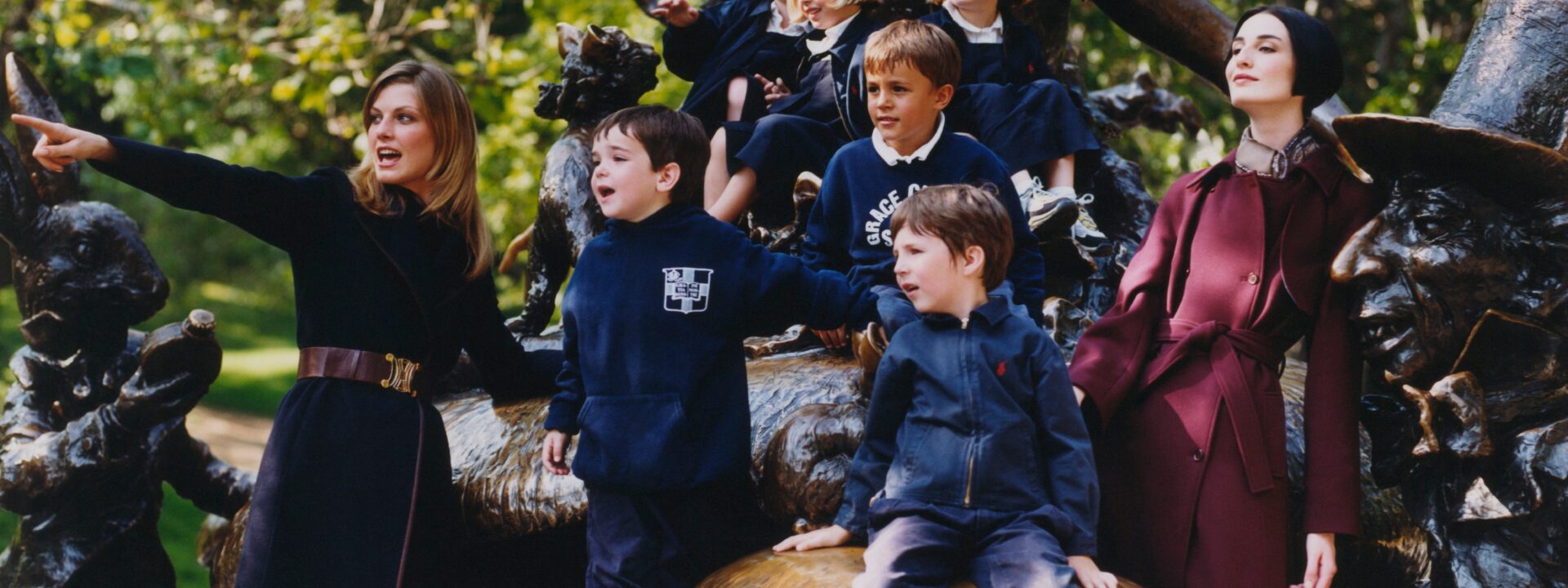On a quiet November evening in the Hamptons, I meet Wunetu Wequai Tarrant, a linguist from the Shinnecock Indian Nation, at Guild Hall. I’ve visited this museum many times for art exhibitions and theater performances, but tonight is different—I’m sitting among 15 local card players, immersed in a game of Uno spoken entirely in Shinnecock, an Algonquian dialect last fluently spoken by Tarrant’s great-great-grandparents in the 1920s.
For two hours, consonants fill the air as we play. This language was passed down from Tarrant’s great-grandfather, Chief ThunderBird, the last Shinnecock Nation Chief, to her mother, a founder of the Algonquian Language Revitalization Project. But it was her grandmother, Princess Chee Chee ThunderBird (Elizabeth) Haile—matriarch of the ThunderBird clan and a beloved local teacher—who inspired Tarrant’s studies.
“My Gramma Chee was getting older, and when I saw how little of our language remained, it felt urgent,” she says. “I needed to document what she remembered. My mother and I would visit her, share reconstructions we’d heard, and ask, ‘Does this sound right? Does this sound like something someone would say?’”
As my hesitation fades, so do my chances of winning—so I ask Tarrant why she organized this event as part of the First Literature Project, an initiative she launched in 2022 to preserve Indigenous oral traditions, languages, and stories.
“Uno is fun and familiar, but FLP’s real purpose is to tell our stories from a Shinnecock perspective,” she explains. “So much documentation is led by anthropologists, and their outsider lens creates bias.”
There’s a saying that it takes one generation to lose a heritage language and three to restore it. With a UN report warning of the rapid disappearance of spoken languages, efforts like these carry a deep urgency.
Educational travel—heritage trips, language immersion—has long been popular, but learning lesser-known languages is a newer trend. While travelers often study dominant languages and cultural arts, what about traveling to study endangered ones?
When it comes to questions like how UNESCO should classify languages—or who should learn them—the only credible answers come from the communities themselves.
From a lush spot on Hawai’i Island, Dr. Makalapua Alencastre, chair of the Hawai’i Public Charter School Commission and founder of Ke Kula ‘o Samuel Kamakau Laboratory School, describes her work reviving Hawaiian across the islands.
“Now, as we grow the number of speakers, it’s crucial that not just native Hawaiians learn the language, but also our neighbors and friends,” she says. “Language lives in communities. Exclusivity would only hold it back.”
The Paris Yiddish Center—Medem Library, founded in 1929, stands as a testament to resilience. Many of its 21,000 works survived because they were hidden in basements during World War II. Macha Fogel, the center’s interim director, notes that while Yiddish thrives in Hasidic communities, its broader presence faded.
“It’s vital that scholars, artists, or just curious people study Yiddish,” she says, “so access to this secular material isn’t lost.” The center’s summer programs blend morning lessons with Yiddish singing, theater, and cooking.
A similar energy fills Oideas Gael, an Irish-language cultural center in Gleann Cholm Cille, County Donegal. Their immersive programs weave Gaelic into painting, weaving, and flute lessons, taught by local instructors. Guests stay in nearby…new words being created to keep up with contemporary life. “We have terms for things like ‘internet’ and ‘smartphone’ now,” he says. “The language is alive and evolving, just like its speakers.”
Back in Peru, Coronel adds that Quechua’s resilience comes from its deep cultural roots. “It’s not just about words—it’s about a way of seeing the world,” he explains. “When travelers engage with the language, they’re also connecting with a worldview that values community and harmony with the land.”
In Hawai’i, Alencastre sees language as a bridge to understanding. “Hawaiian isn’t just a means of communication—it carries our history, our values, our identity,” she says. “When visitors take the time to learn even a few phrases, it shows respect for the culture and opens doors to deeper connections.”
Tarrant echoes this sentiment, emphasizing that language preservation is about more than nostalgia. “It’s about ensuring future generations have access to their heritage,” she says. “Every word we pass down is a thread tying us to the past and weaving the future.”
From Ireland to Peru to Hawai’i, these stories remind us that language is more than a tool—it’s a living, breathing part of who we are. And in a world that often feels divided, the shared effort to keep these languages alive offers a powerful lesson in unity and resilience.New words are being created for modern ideas that didn’t exist when the language was first recorded in the fifth century. “People joke that Irish doesn’t have a word for something,” he says, “but now, suddenly, we do.”
